Best bulbs for shade – 6 delicate blooms to brighten dark corners
Lift the gloomy spots in your yard with these glorious shade-loving bulbs


The best bulbs for shade can transform even the dingiest parts of your garden. These tiny powerhouses of the plant world will thrive in spots the sun seldom reaches, radiating life and color with their cheery blooms.
While many flower bulbs adore full sun, there are several that prefer living life on the darker side, happy in the shade cast by neighbouring buildings, shrubs and trees. Where temperatures are lower and the soil often damp, planting these bulbs will mean they can quietly take over borders, pots and grassy areas providing glorious seasonal displays.
Besides the springtime favorites, such as delicate snowdrops, English bluebells and lily of the valley; that thrive in the dappled light of budding deciduous trees, there are plenty of summer bloomers too. These include tuberous begonias, liatris and majestic lilies, which then make way for nerines and cyclamen in fall. Our experts share their top bulbs for shade, so you can plant up color in the darker corners.
Hardy cyclamen
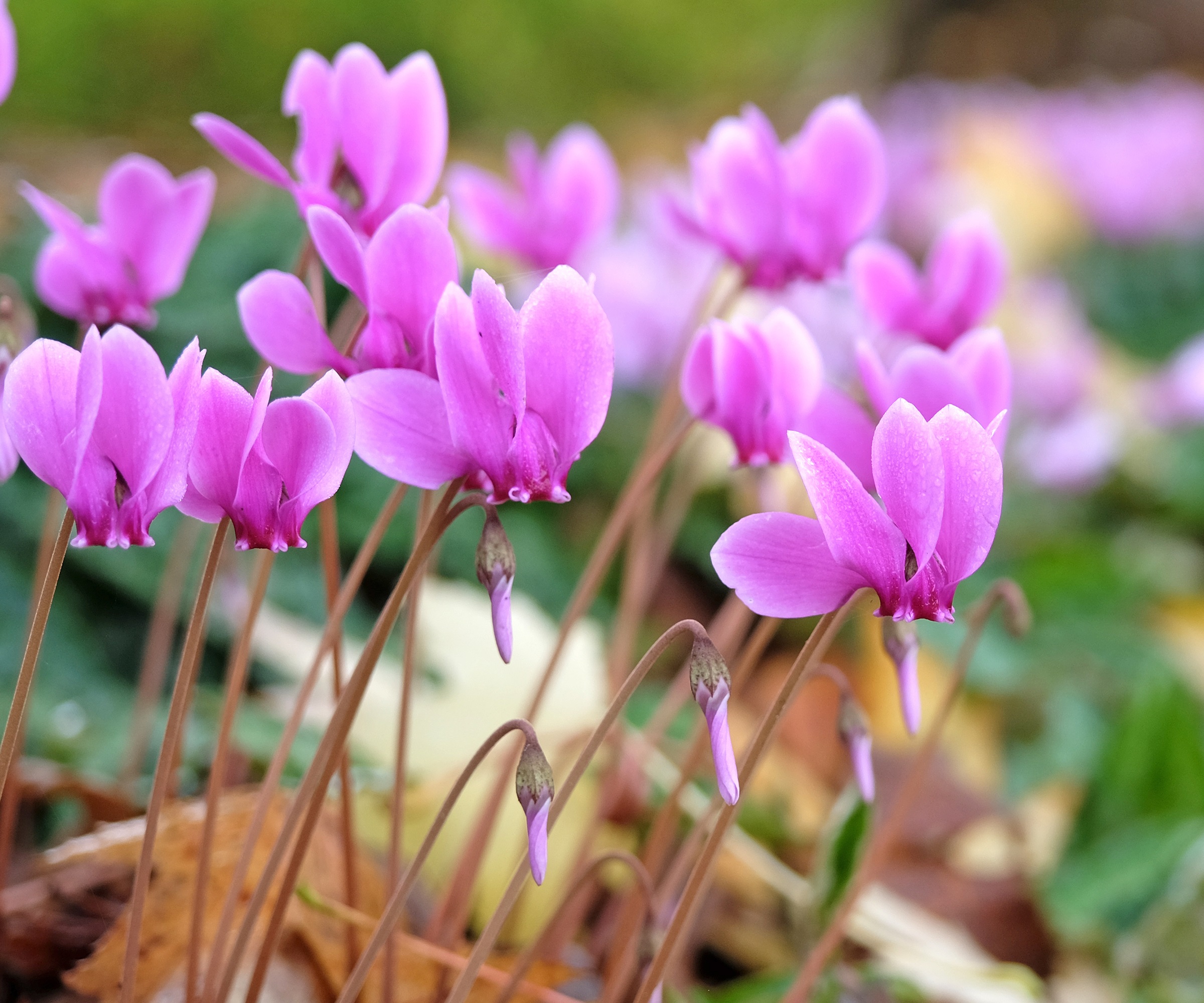
OK strictly speaking this is a bulb-like tuber rather a true bulb, but delicate hardy cyclamen will bring color and beauty to a shady area when little else is flowering.
Blooming from late winter to early spring, their butterfly-style petals in shades of white, pink and magenta float gently above the low-growing kidney-shaped leaves. Best planted in humus-rich soil, just under the soil’s surface, they will slowly multiply over a few years to form a mesmerizing display.
Standout cyclamen varieties include Cyclamen coum with its dark green foliage marbled with silver and white and the larger flowered Cyclamen hederifolium and its ivy-shaped leaves. Find a great value selection of Van Zyverden Cyclamen Coum bulbs at Walmart.
Plant cyclamen out from fall to early spring when the ground is not frozen and expect them to reach heights of 2-5in (5-13cm).
Winter Aconite
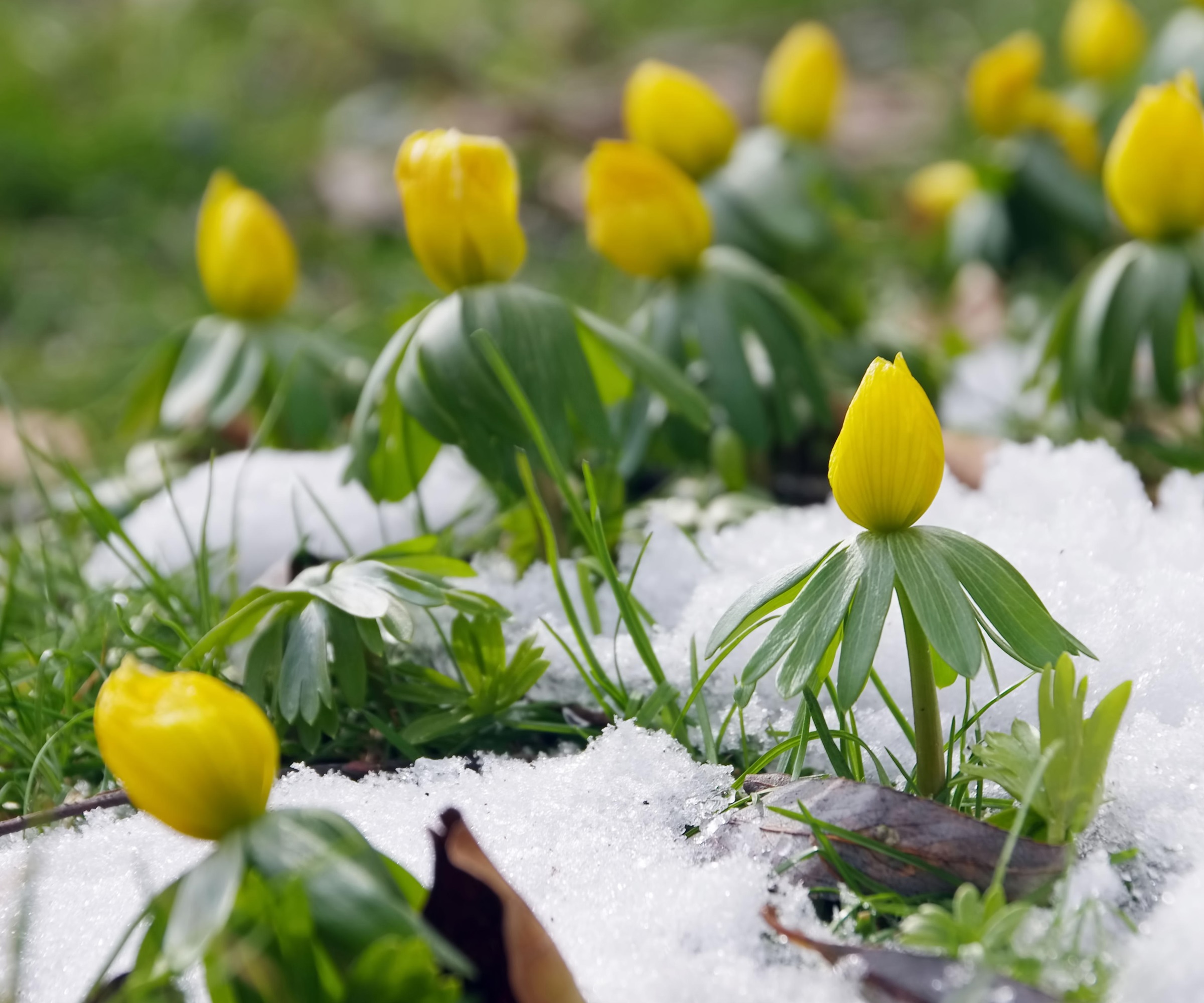
Looking for some mid-winter garden cheer, then these vivid blooms are a must. ‘Winter aconite, Eranthis hyemalis, are the first bulbs to bloom in my garden and start appearing in January,’ says horticulturist Peggy Anne Montgomery.
‘They are only 2-3 inches tall, but the brightness of the yellow blooms makes them visible from a great distance. Quick to spread and multiply, mine are planted in a large deciduous shrub and rose border where they can roam and reseed freely, providing us with a bigger and better show every year.’
Plant winter aconites in moist, well-drained soil where it stays damp - even in summer.
Winter windflower
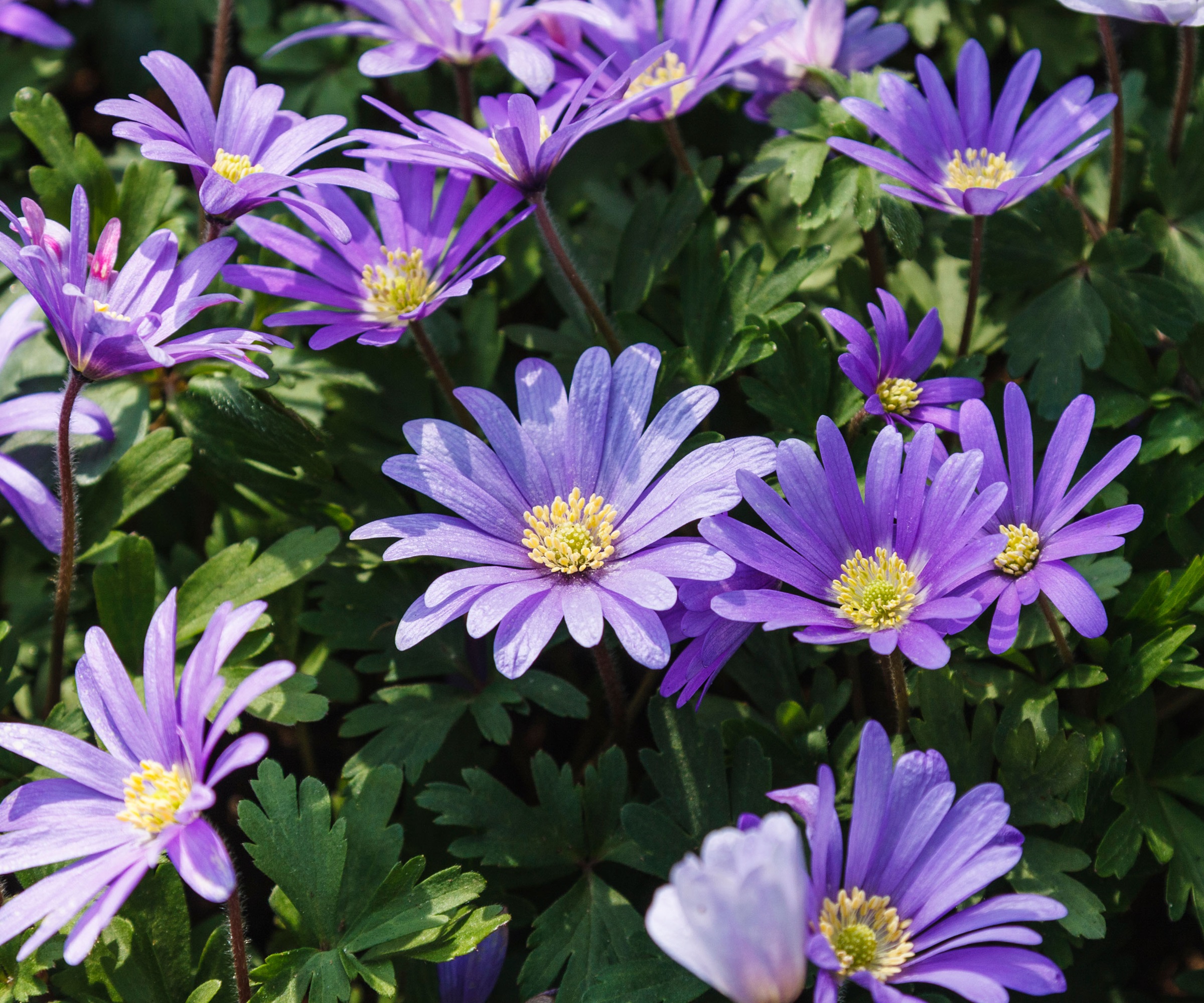
Although strictly tubers or rhizomes, woodland anemones, also known as winter windflower or Anemone blanda are generally grouped together with flowering bulbs.
Their uplifting, daisy-like flowers come in light blue, pink, and white pastel hues and provide an early source of nectar for bees and other pollinators. Hugging the ground, they turn their flower heads away from the wind, hence their common name winter windflower.
‘I like to plant them with warm-season grasses and other later-emerging perennials,’ says Peggy Anne. ‘That way, you can extend the seasons of interest, and neither plant hinders the other. They will thrive in a wide range of soils as long as they are well-drained and are perfectly happy with dry situations during dormancy.’
Snake's Head Fritillary
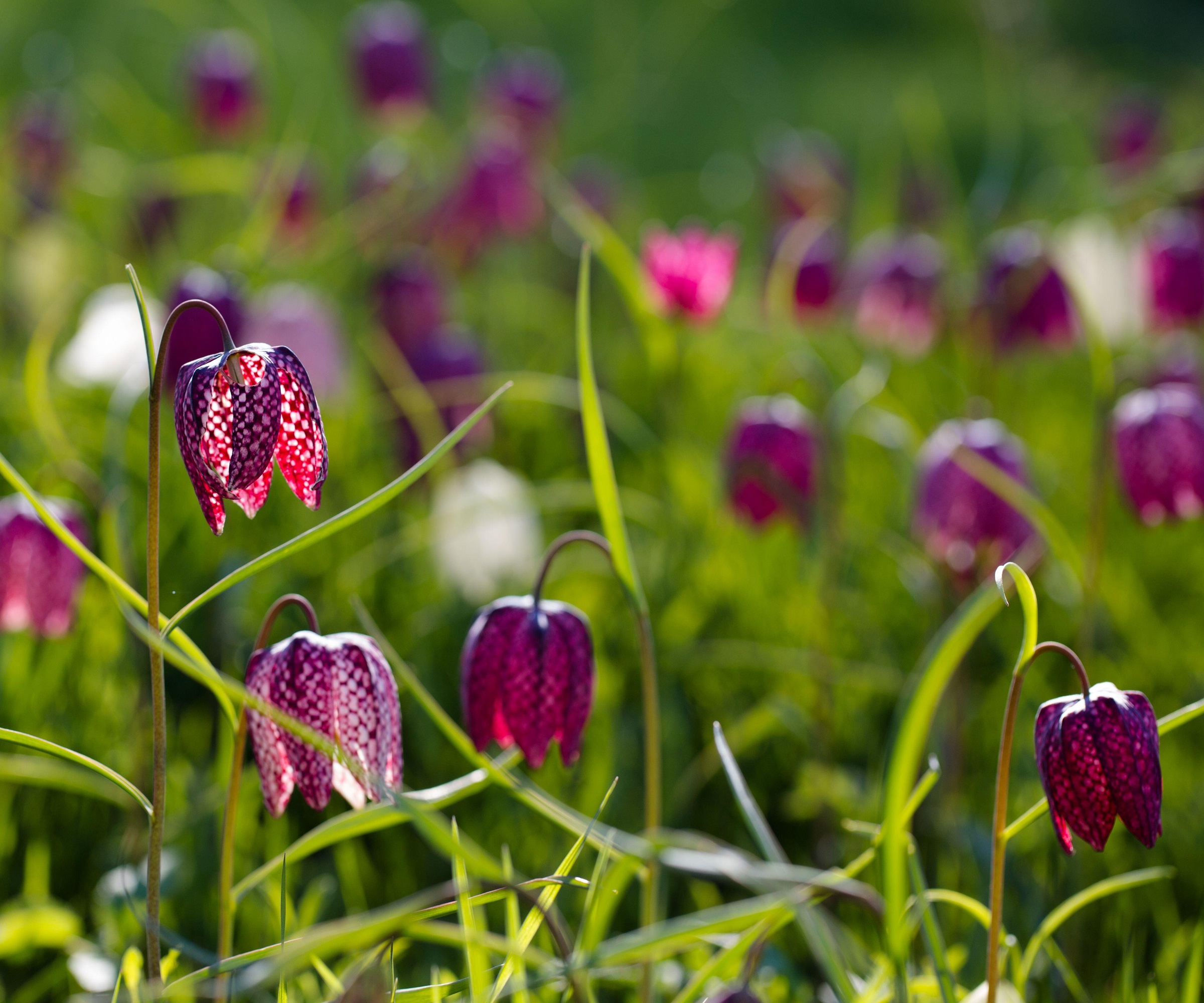
Sometimes known as the checkerboard flower, these bulbs with their delicate nodding heads appearing in April and May are fabulous for shady spots.
One of the best spring bulbs to plant in fall they are at home in borders, pots or naturalized in a lawn. Reaching heights of 12inch (30cm), their wiry stems and leaves appear almost invisible creating a hovering haze of soft burgundy, pink or white bell-like blooms.
Plant at a depth of four times the bulb height, they will gradually multiply to form stunning floral carpets. Perfect for wildflower and woodland gardens, snake's head fritillary are available from Amazon. They are nectar rich, easy to grow and need little attention.
Glory of the Snow
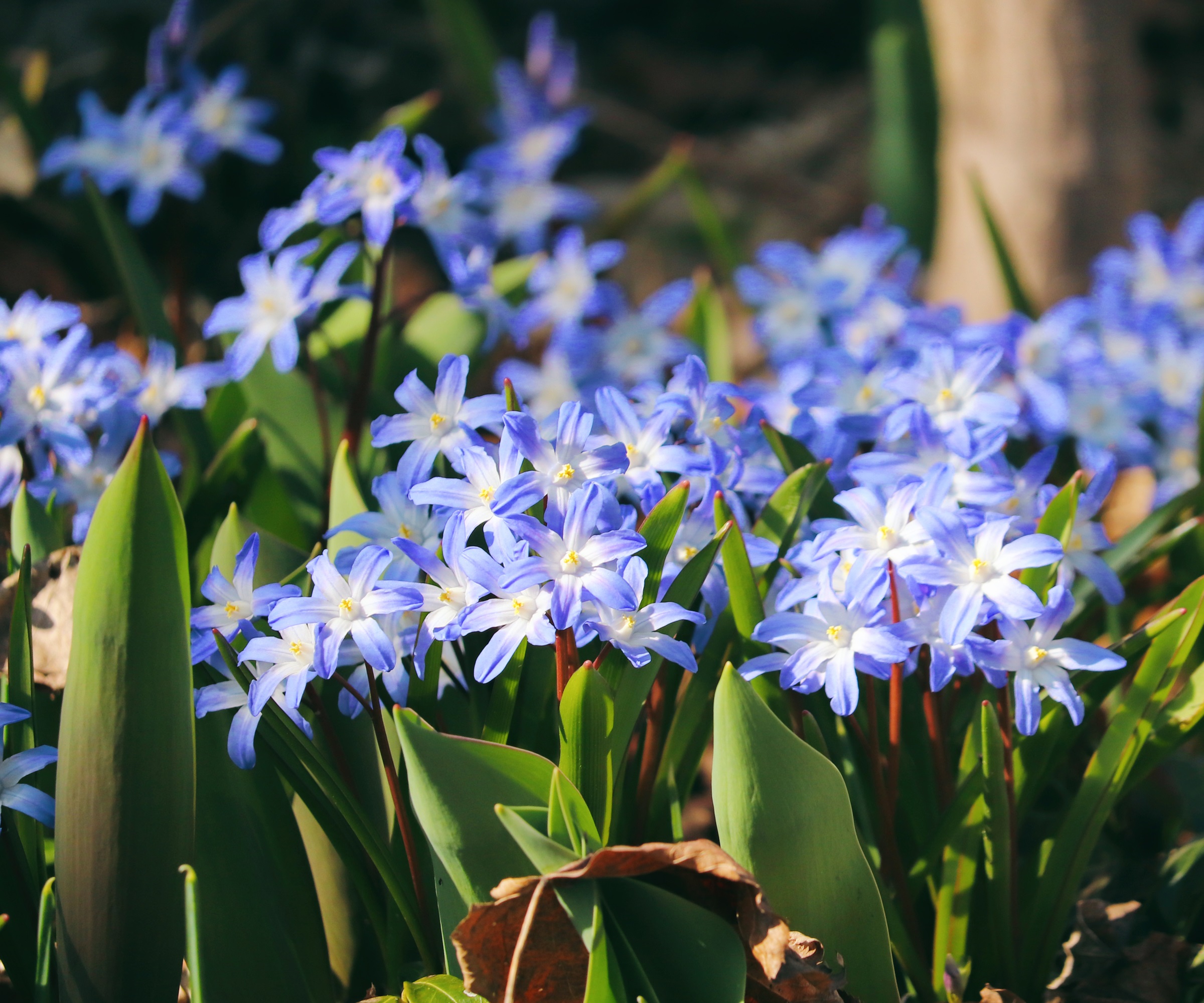
If you are looking for spring blooms that are a little different, then try Chionodoxa forbesii sp. or Glory of the Snow. Growing up to 6’’(15cm) high, their star-shaped flowers create shimmering waves of dreamy blue, violet and white hues during March and April.
‘No garden should be without this quintessential spring flowering bulb with its upward-facing, sky-blue flowers, and white eyes,’ says Peggy Anne. ‘Each stem will produce several starry flowers. Plant these naturalizing blooms where you can view them up close.
'They do well in perennial shade borders, where they will bloom before the perennials are big enough to take over plus try them in lawns, cottage and informal gardens.’
Hardy in US hardiness zones 4-9, plant in fall and they will thrive with little attention.

Peggy Anne Montgomery is a horticultural professional with more than 30 years of US and international experience in garden marketing and communications. An account executive for the Garden Media Group, she currently represents Dutch Royal Anthos, a trade organization for Dutch bulb growers and exporters in the US and Canada.
Snowdrop
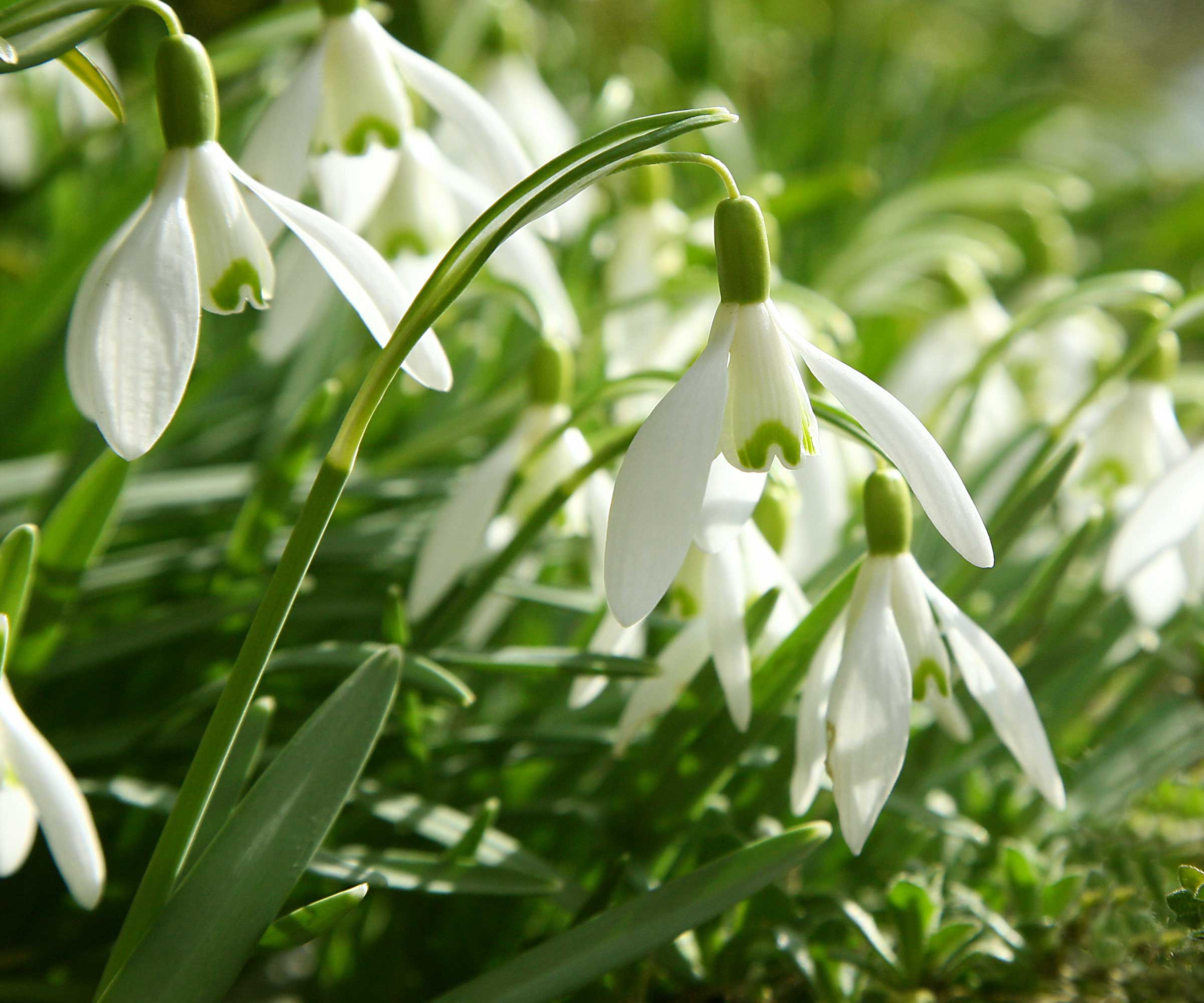
Perhaps the earliest spring flower to appear, snowdrops are an uplifting sight in January and February. Needing very little attention these little beauties will happily spread in damp, yet well-draining soil, forming dense carpets of tiny white bells, often flecked with green. In fact, there are over 20 species of Galanthus to choose from, each with their own nuances and characteristics.
‘Snowdrops or Galanthus, prefer to grow in more shady locations,’ says Katie Sunderlage. ‘Often planted under trees or shrubs, they prefer more moist, well-drained soil which makes more shady locations the best option. Since snowdrops are quite small, they do work best and create more of a showcase if planted in larger groups.’
Plant them either in fall; as dry bulbs placing them around 2-3” (5-7.5cm) deep and 2-3” (5-7.5cm) apart or ‘in the green’ that is immediately after the flowers have faded but the leaves are still green.

Operations Manager at Holland Group, managing the customer service department and purchasing. Katie has been in the green industry since 2005 in the Greater Milwaukee area, earning her degree in Horticulture in 2008. She has been able to share her love for plants working in multiple garden centers, in sales positions and most recently in an online retail platform at Holland Group.
Once you've decided on which of these best bulbs for shade to choose, why not think about other parts of your yard to naturalise with spring bulb flowers. Our guide on how to plant a bulb lawn is packed with expert advice on creating larger drifts of bulbs to break up areas of grass and lawn.
Sign up to the Homes & Gardens newsletter
Design expertise in your inbox – from inspiring decorating ideas and beautiful celebrity homes to practical gardening advice and shopping round-ups.

Journalist Jill Morgan has spent over 20 years writing and editing gardening, interior and property features. Titles she has worked on include The English Home, House Beautiful, Ideal Home, Houzz and Modern Gardens and she writes regularly for H&G as a Contributing Editor. Whilst she is a dab hand at renovation projects and DIY, she is happiest when out digging in the garden or planning a new border.
-
 Joanna Gaines' summer Magnolia collection captures the spirit of summer with pretty florals and nostalgic charm – here's everything I'm shopping first
Joanna Gaines' summer Magnolia collection captures the spirit of summer with pretty florals and nostalgic charm – here's everything I'm shopping firstEqual parts playful and polished – this collection brings Joanna's signature warmth to summer living
By Charlotte Olby
-
 Apple and elderflower martini
Apple and elderflower martinispring cocktail — light, floral and easy to batch for a crowd
By Alice Hart